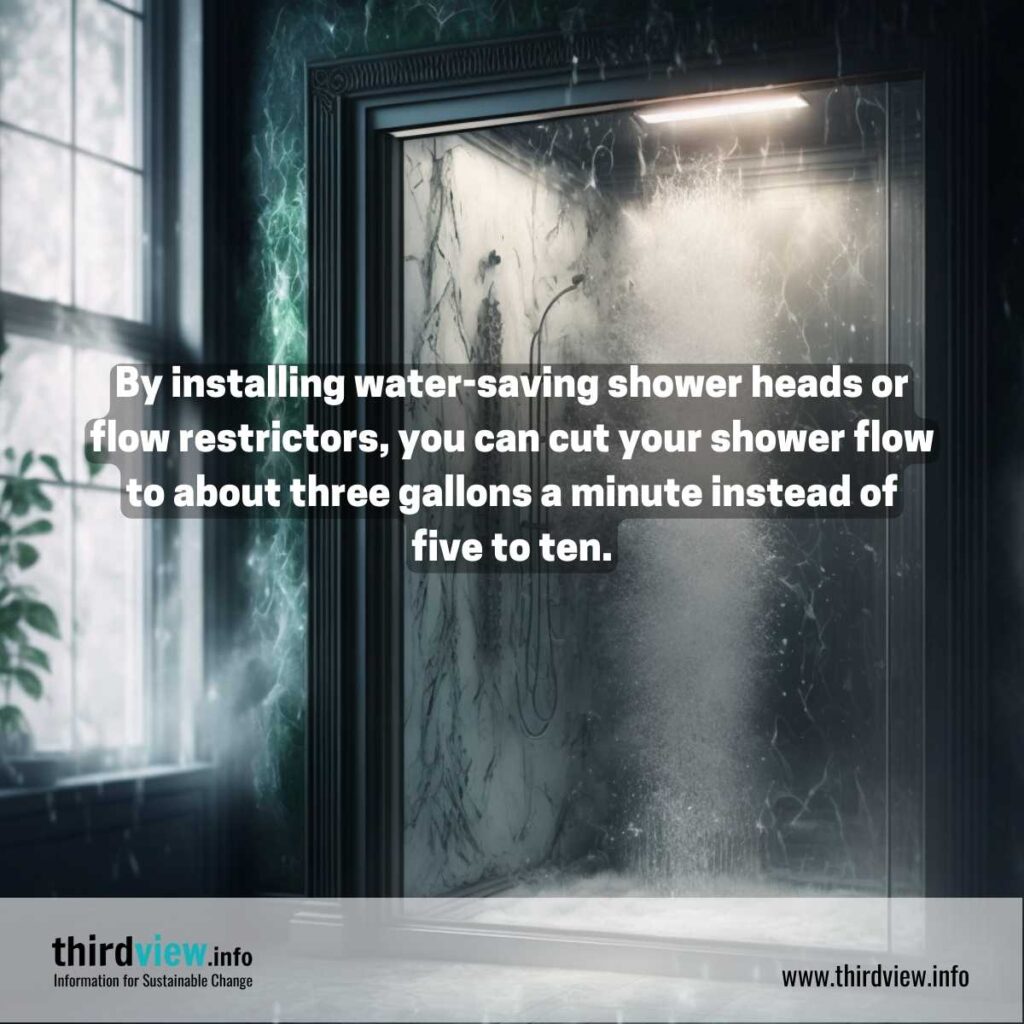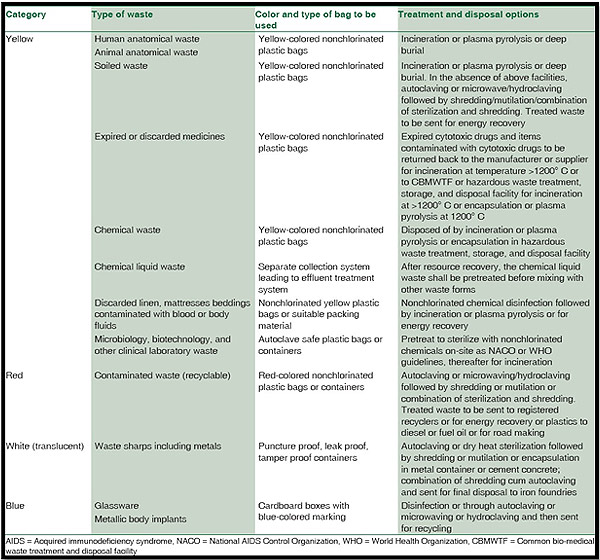What Does Reclaim Waste Do?
What Does Reclaim Waste Do?
Blog Article
Excitement About Reclaim Waste
Table of ContentsAll about Reclaim WasteNot known Details About Reclaim Waste The 3-Minute Rule for Reclaim WasteSome Known Details About Reclaim Waste Reclaim Waste for Beginners
Domestic sewer waste refers to the waste and items from a household septic container. The appropriate management and disposal of residential sewer waste call for fluid waste to be transferred to a sewage therapy plant where the appropriate methods and devices are applied to purify and dispose of waste.
Business waste usually includes prospective dangers, such as combustible materials or a mix of fluid and strong waste items, and requires an advanced and in-depth disposal process. The disposal of industrial waste generally includes the purification of waste prior to transport to ensure safe and appropriate disposal. Industrial waste is created from byproducts and runoff of commercial processes and manufacturing.
This kind of waste can not use the very same sewage administration transportation or procedures as septic or commercial fluids. The hazardous waste management process needs the assessment and screening of fluid waste prior to it undertakes the disposal process (liquid waste disposal). Runoff waste is the liquid waste that comes from overflow and excess stormwater in very populated areas or cities
Drainage waste can create contamination and flooding if not managed appropriately. Making sure appropriate waste management can prevent calamities and reduce ecological harm.
The Facts About Reclaim Waste Uncovered
Get in touch with PROS Providers today to learn more about our waste management and disposal solutions and the proper ways to look after the liquid waste you create.
(https://reclaimwaste1.edublogs.org/2024/11/12/efficient-liquid-waste-removal-and-disposal-your-complete-guide-to-sustainable-waste-management/)This so-called 'wastewater' is not just a crucial resource yet, after therapy, will be launched to our land, rivers or the ocean. Made use of water from bathrooms, showers, bathrooms, kitchen area sinks, laundries and commercial processes is known as wastewater.

water used to cool equipment or clean plant and equipment). Stormwater, a form of wastewater, is runoff that moves from farming and city areas such as roof coverings, parks, gardens, roadways, paths and seamless gutters into stormwater drains, after rain. Stormwater moves neglected straight to local creeks or rivers, ultimately getting to the ocean.
Reclaim Waste Things To Know Before You Get This
In Queensland, most wastewater is dealt with at sewage therapy plants. Wastewater is delivered from residential or industrial websites through a system of sewers and pump terminals, called sewerage reticulation, to a sewage treatment plant. Regional federal governments construct, maintain and operate most sewer therapy plants. Operators are licensed under the Environmental Management Act 1994 to release treated wastewater at an appropriate environmental criterion into waterways.
The Division of Natural Resources encourages regional governments about managing, operating and maintaining sewage systems and therapy plants. In unsewered areas, neighborhood governments might call for householders to mount specific or home sewage treatment systems to treat residential wastewater from commodes, kitchen areas, shower rooms and laundries. The Department of Natural Resources authorises using family systems when they are verified to be effective.
In some new neighborhoods, treatment of some stormwater to remove litter, sand and crushed rock has actually started making use of gross toxin catches. Wastewater therapy occurs in four stages: Removes solid issue.
Wastewater then moves into big tanks where solids work out and are gotten rid of as sludge. Grease and scum are skimmed from the surface area. Uses small living microorganisms knows as micro-organisms to damage down and get rid of remaining liquified wastes and great particles. Micro-organisms and wastes are integrated in the sludge. Gets rid of nitrogen and phosphorus nutrients that could trigger algal blossoms in our rivers and endanger water life.
The Ultimate Guide To Reclaim Waste
Nutrient removal is not available at all sewer treatment plants since it needs expensive specialized tools. Clear fluid effluent produced after therapy might still consist of disease-causing micro-organisms - liquid waste removal.

Most wastewater streams into the sewage system. Under the Act, regional governments carry out authorizations and permits for environmentally relevant activities (ERAs) entailing wastewater launches that could have a regional influence.
All About Reclaim Waste
Otherwise, samples are considered laboratory evaluation. Frequently lots of examinations are required to establish the levels of each of the different contaminants such as oils, hefty steels and chemicals in water. Surveillance provides factual info regarding water high quality and can validate that permit conditions are being met. The details gotten with surveillance offers the basis for making water top quality choices.
Report this page